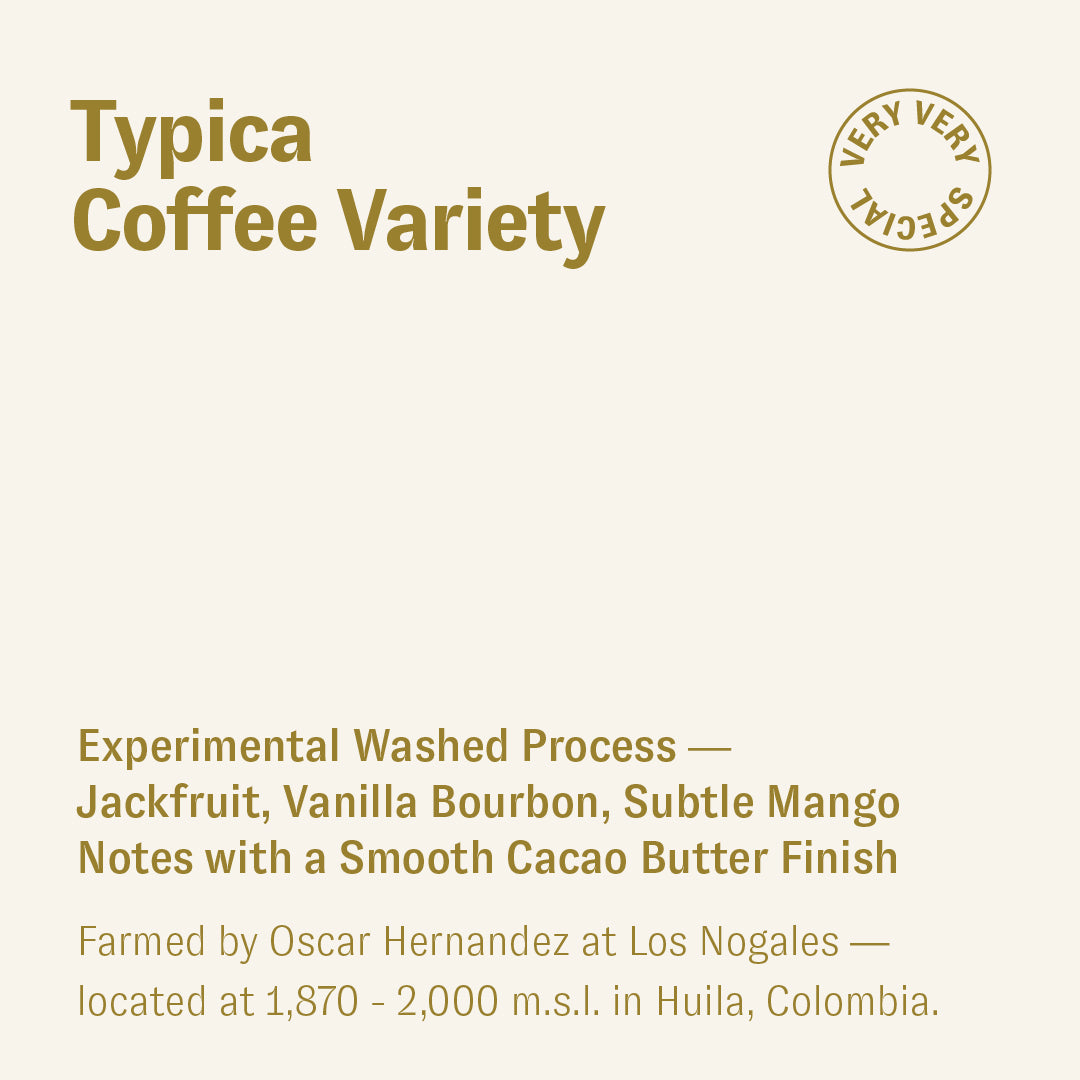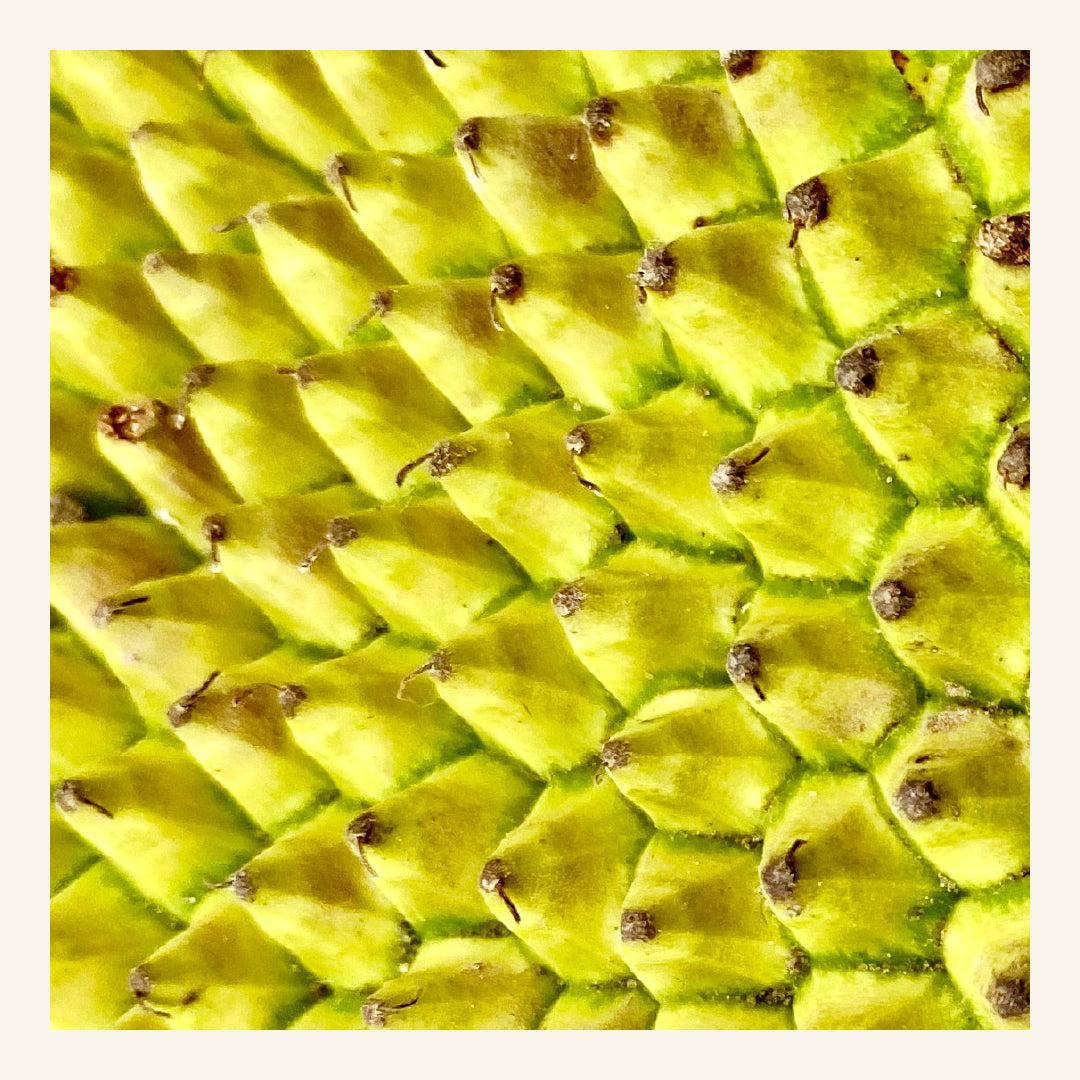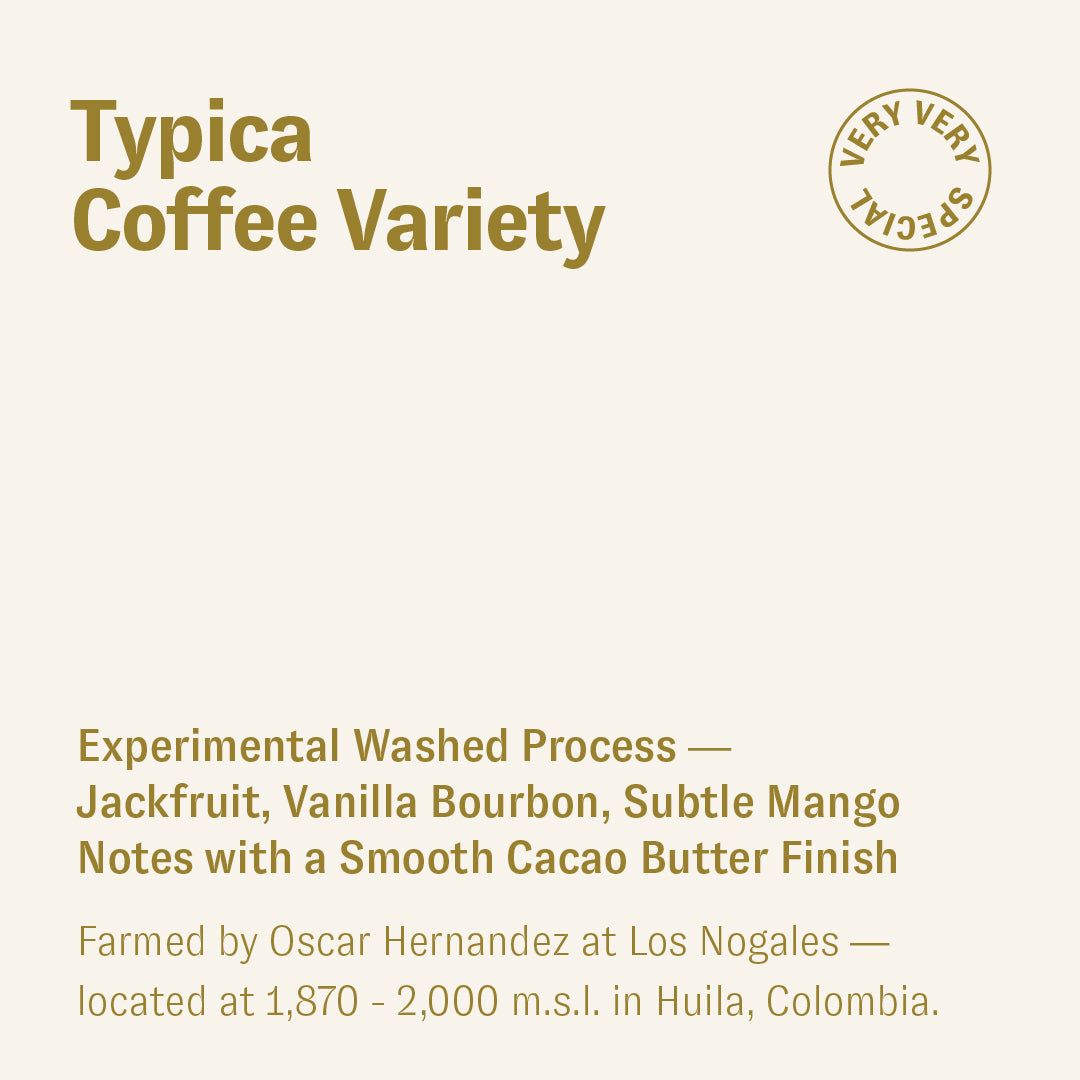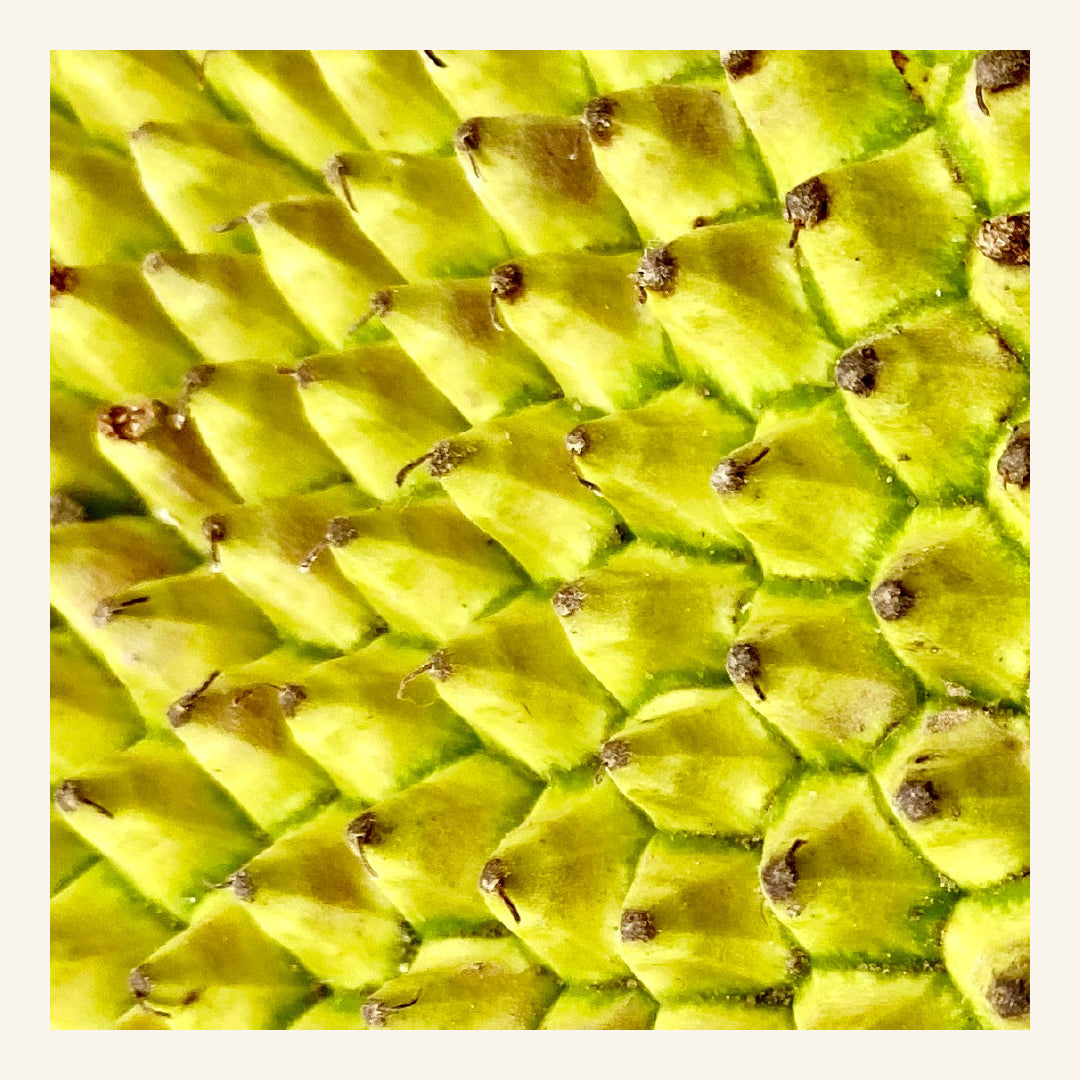luckycatcoffee.de
Couldn't load pickup availability
Light Roasted Typica Coffee Variety, Uniquely Processed & Farmed by Oscar Hernandez
200g €21,50 (1kg/ €107,50)
Once you get to taste Oscar Hernandez' coffees, you'll never turn back; he's an innovative entrepreneur from an ambitious new generation of farmers, astonishing you not just by their coffees but by the intricate tech/biotech used in their farming of Los Nogales. Such research-driven progress in the pulping, harvest, drying, and transfer of the crops leads to a remarkable enhancement in your cup.
Variety
Variety
Typica is the most famous of the Typica-descended varieties. It is a tall variety characterized by very low production, susceptibility to the major diseases, and good cup quality.The Typica group, like all Arabica coffee, is supposed to have originated in southwestern Ethiopia. Sometime in the 15th or 16th century, it was taken to Yemen. By 1700, seeds from Yemen were being cultivated in India. In 1696 and 1699, coffee seeds were sent from the Malabar coast of India to the island of Batavia (today called Java in Indonesia). These few seeds were the ones to give rise to what we now know as the distinct Typica variety. In 1706 a single Typica coffee plant was taken from Java to Amsterdam and given a home in the botanical gardens; from there, a plant was shared with France in 1714.From the Netherlands, Typica was sent in 1719 on colonial trade routes to Dutch Guiana (now Suriname) and then on to Cayenne (French Guiana) in 1722, and from there to the northern part of Brazil in 1727. It reached southern Brazil between 1760 and 1770. From Paris, plants were sent to to Martinique in the West Indies in 1723. The English introduced Typica coffee from Martinique to Jamaica in 1730. It reached Santo Domingo in 1735. From Santo Domingo, seeds were sent to Cuba in 1748. Later on, Costa Rica (1779) and El Salvador (1840) received seeds from Cuba.In the late eighteenth century, cultivation spread to the Caribbean (Cuba, Puerto Rico, Santo Domingo), Mexico and Colombia, and from there across Central America (it was grown in El Salvador as early as 1740). Until the 1940s, the majority of coffee plantations in South and Central America were planted with Typica. Because Typica is both low yielding and highly susceptible to major coffee diseases, it has gradually been replaced across much of the Americas, but is still widely planted in Peru, the Dominican Republic, and Jamaica, where it is called Jamaica Blue Mountain.
Sourced by worldcoffeeresearch.org
Process details
Process details
Typica Experimental Washed Process Details
1.THE POST-HARVEST BENEFIT: MANUAL SELECTION AND DISINFECTION,
“When the coffee arrives at the mill, the pulping, washing and floating are carried out, for this a drinking water treatment plant is implemented where it guarantees a microbiological and physical-chemical treatment, guaranteeing that the hardness of the water and the PH are optimal for fermentation.
In addition, a separation system is carried out by floats, by means of tanks where the coffee collected in water is deposited, removing impurities such as earth, leaves and sticks and additionally the grains that float is removed, thus leaving the highest quality coffee, which continues the process that is manual separation.
For this manual separation activity, the women are in charge, since they enjoy the patience and thoroughness for the selection of the mature grains. They are women who, for some reason of physical health, cannot be exposed to the coffee harvest and are expected to be part of the process.
2.FERMENTATION, After the disinfection of the grain, a lactic fermentation is carried out, with a lactobacillus called the RN21 strain for this particular coffee, with approximately 190 hours of fermentation, for greater control it is carried in bins of 200 liters each, which allows the regulation of temperature and greater homogeneity in the fermentation process.
3.WASHING, Then the coffee is taken to the washing process by means of an eco-washer, which allows them to use the least amount of water possible, and remove the honey that is the product of fermentation. The residues are reused to turn them into fertilizers and commit to caring for the environment.
4.DRYING, Subsequently, the drying in guardiola for 64 horas in a temperature not higher than 35, stir twice a day.
Location
Location
Origin: Colombia
Farm: Los Nogales
Region: Pitalito, Huila
Altitude: 1870-2000 m.s.l.
Area : 20 ½ hectares
Shade: Native trees
Coffee Supply Chain
Coffee Supply Chain
Actors involved in the coffee supply chain
Oscar Hernandez (Los Nogales Farm) – CATA Exports - Lucky Cat - YOU 🫵🏼


-

Free Shipping
In Germany, free shipping is offered for purchases over €38. In the EU & UK, free shipping is available for orders over €68.



